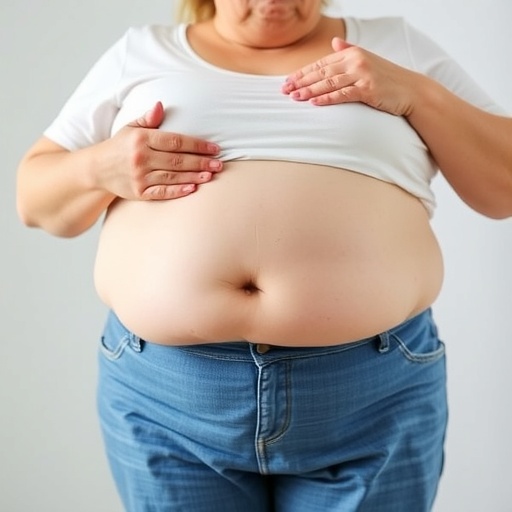Human stem cells that are capable of becoming any other kind of cell in the body have previously only been acquired and cultivated with difficulty. Scientists at the Max Delbrück Center for Molecular Medicine (MDC) in the Helmholtz Association have now presented details of a method to detect such pluripotent cells in a cell culture and preserve them in the laboratory.
"With our guidelines it should be possible for researchers all over the world to obtain these coveted stem cells and, possibly, to develop pioneering treatments with them," says the senior author of the study, Zsuzsanna Izsvák. With her team at the MDC in Berlin and with colleagues from the University of Bath in the UK and the Paul Ehrlich Institute in Langen, Germany the researchers have now presented her procedure in the scientific journal Nature Protocols (DOI: nprot.2016.016).
Scientists hope to use pluripotent stem cells, from which it is theoretically possible to cultivate every type of tissue, to cure a variety of diseases someday. In contrast to, for example, those of mice, human stem cells removed from embryos in the laboratory quickly lose their original state: "Naive stem cells usually make up less than five percent of a cell culture," explains Izsvák. She and her colleagues have therefore devised a trick to isolate such cells and keep them pluripotent for longer.
The researchers had already presented their methodological principles in late 2014 in the scientific journal Nature (doi: 10.1038/nature13804). At that time, they had located a sequence named HERVH, which is active in the genetic material of naive stem cells. Using a reporter, which they had linked to a fluorescent protein, the researchers were able to maintain HERVH in an active state and simultaneously detect the cells that had retained pluripotency.
Izsvák notes that this method is suitable not only for embryonic stem cells, but also for induced pluripotent stem cells. These iPS cells are considered an ethically neutral alternative to embryonic cells, because they are artificially rejuvenated mature cells taken from adults.
###
Media Contact
Josef Zens
[email protected]
49-309-406-2118
http://www.mdc-berlin.de




